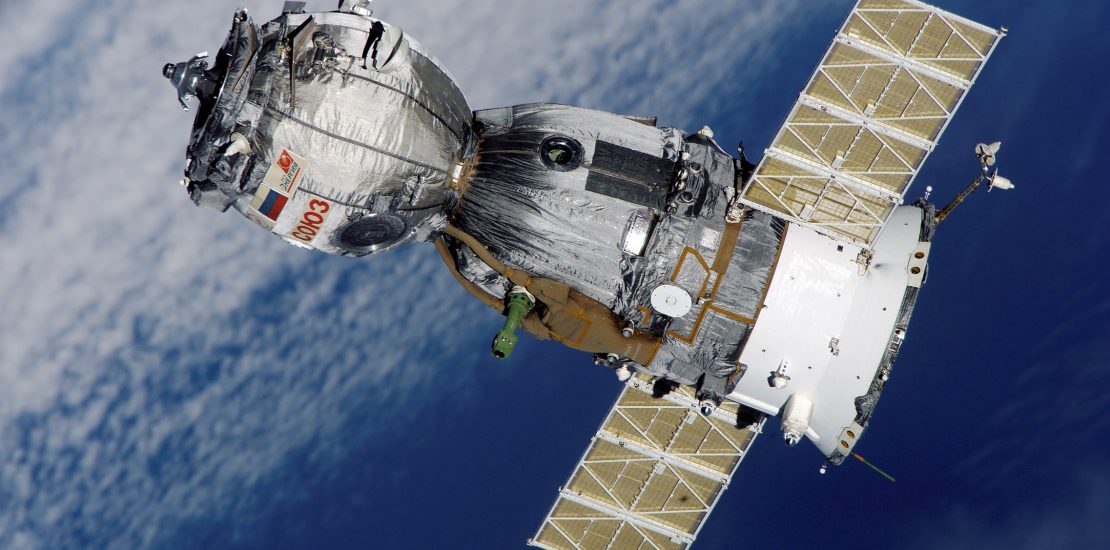- March 3, 2019
- Posted by: guyadmin
- Category: Energy & Water Management

The space-race might have some good, unexpected, influence over the future of renewable, clean, energy. China announced last month its plan to build a solar power station in space.
The station will be orbiting earth at 36,000 km, while the solar energy will be converted into electricity and transmitted by microwave or laser beam to earth.
According to the state-backed newspaper, the prototypes for this project are being built at the moment. The plan is to deploy small and medium models between 2021 and 2025. The final model (A megawatt-level satellite) will be launched, hopefully, by 2030.
This idea of solar power station in space, isn’t new. The origin for this plan dates back to the late 1960, when a scientist named Peter Glaser thought of a plan to harvest solar radiation using satellites, which would convert it to microwave energy and sent to earth.
Why producing energy in space is such an important goal? We have solar panels down here on earth, isn’t that basically the same? The answer is no.
Solar panels in space could be receiving solar energy from the sun without interference caused by the atmosphere or loss of sunlight in the night. Due to these advantages, Pang Zhihao, a researcher from the China Academy of Space Technology Corporation, said that this kind of solar station has the potential of providing electricity 99 percent of the time, at six time the intensity of the solar farms on earth.

The biggest problem of such a solar station, besides the staggering amount of money needed for such an operation, is its weight. This weight is estimated to be more than 10,000 Ton, even heavier than the international space station. A possible solution to this challenge is a space factory using robots and 3D printers that would be able to construct it in space.
This isn’t China’s first project combining space and energy. Just a few months ago (October 10th) it was announced, by the chairman of Chengdu Aerospace Science and Technology Microelectronics System Research Institute Co., about their plans to launch a “fake moon” into space.
The fake moon is an illuminating satellite that’s supposed to complement the moon at night. According to Wu Chunfeng, If the satellite will cover 50 square kilometers, it will save us 240 million dollars a year by making street lights unnecessary.
As our technology continues to evolve, so is our possibility to find new, interesting solutions to help our planet. These solutions could help us overcome the disadvantages in our current renewable energy systems. It seems like the sky isn’t the limit for china.
